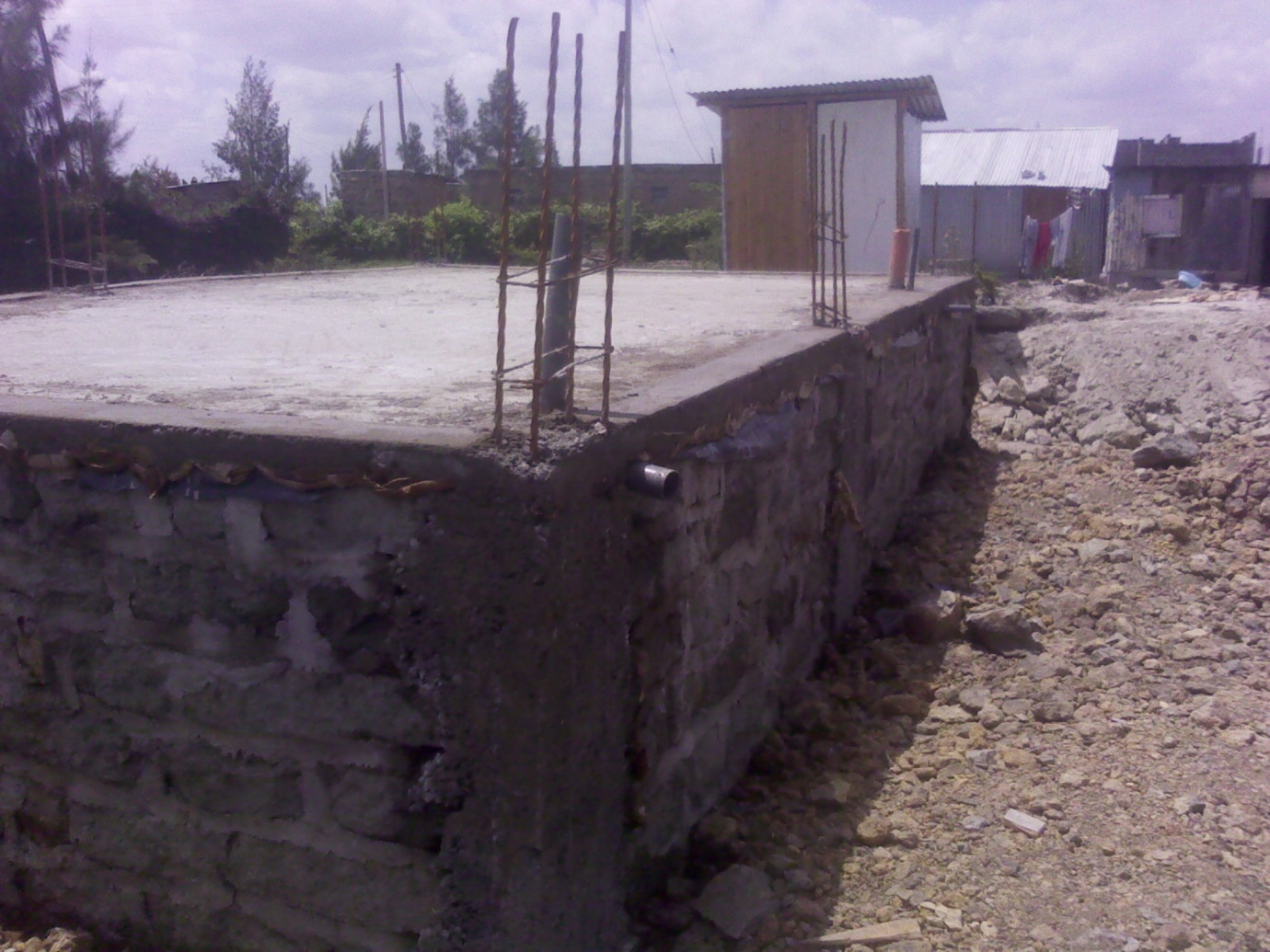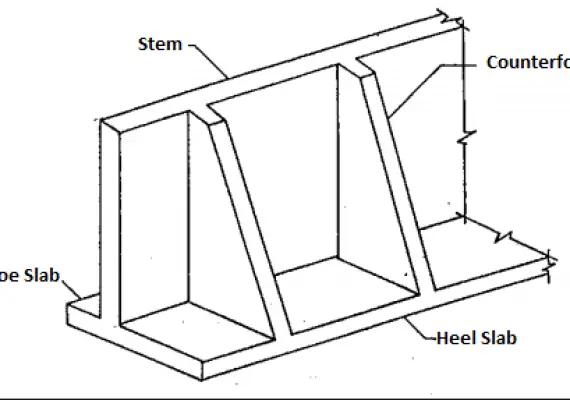Raft Foundations Design Details & Construction Explained
Raft Foundations Design Details & Construction Explained
Raft foundations, which are sometimes referred to as mat foundations, are formed by reinforced concrete slabs of uniform thickness, usually 150 to 300 mm) that often cover a wide area, often the entire footprint of a structure.
Raft foundation spread the load imposed by several columns or walls over the foundation area and can be seen to ‘float’ on the ground as a raft floats on water.
Raft Foundations are suitable for the area where:
§ Floor area is small and structural loading is low, such as in one or two-story residential construction.
§ A basement or scrawl area is needed.
§ Ground condition is poor, and strip or pad foundation will require significant excavation done, for instance, on soft clay soil areas.
§ Settlement happens, or differential settlement is likely to occur.
§ Where it may not be practical to create singular strip or pad foundations for many singular loads.
Advantages of Raft Foundation
Raft foundations can be quick and not expensive to construct, as they do not require deep excavations compared to strip or pad foundations.
Raft foundations may use less material because they combine the foundation with the ground slab. But, they tend to be less effective where structural loads are focused on in a few concentrated areas, and they can be prone to erosion at their edges.
When to use Raft Foundations
A raft foundation is often preferred under several circumstances, which includes
- A raft foundation is used for large loads, which is why they are so common in a commercial building that tends to be much bigger and heavier than residential homes.
- A raft foundation is used when the soil has a low bearing capacity, so the weight of the building needs to be spread out over a large area to create a stable foundation
- A raft foundation is used when the ratio of individual footings to total floor space is high. Typically if the footings would cover over half of the construction area, then a raft foundation would be used
- A raft foundation is used if the walls of the building are so close that it would cause the individual footings to overlap, then raft foundations should be used

